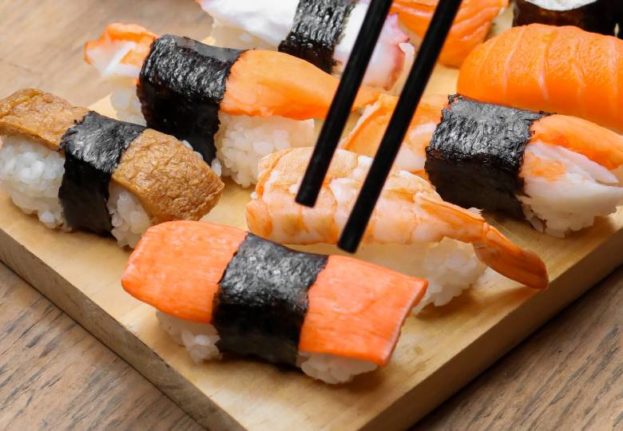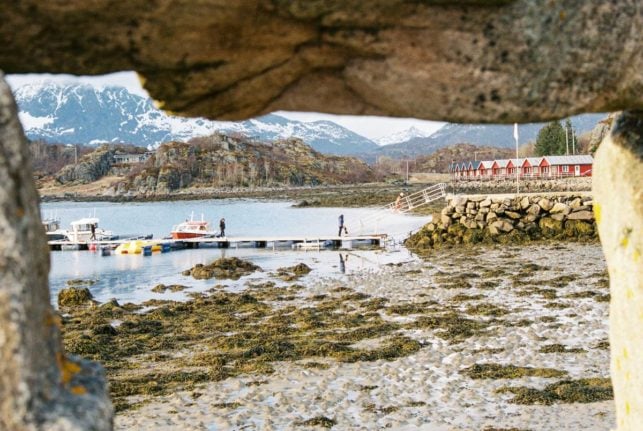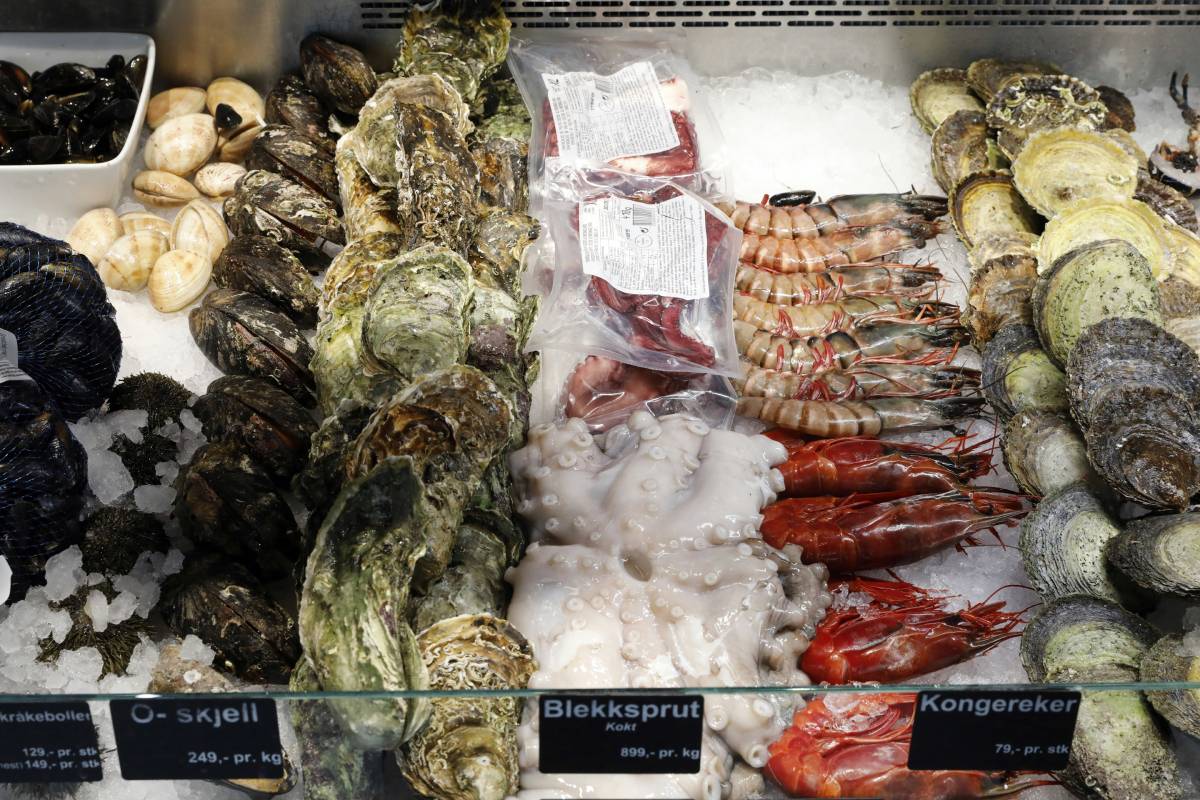Most sushi restaurants today offer salmon as part of their regular menus. However, just a couple of decades ago, you’d be hard-pressed to find any.
While Japan has a long tradition of eating raw fish that goes back centuries, the nation did not consider the Pacific salmon clean enough to eat raw until relatively recently.
So, what changed, and how did Norwegian salmon make its way into Japanese sushi culture?
A story that unfolded over four decades
Japan has always been a natural market for seafood, with a strong seafood culture and a high demand for fish. Some 40 years ago, the country had a self-sufficient seafood industry. However, by the mid-1990s, Japan was only 50 percent self-sufficient due to, among other factors, overfishing and being thrown out of other countries’ fishing zones. This led to a breakdown in their fisheries.
In 1985, then Norwegian Fisheries Minister Thor Listau visited Japan with a delegation of nearly 20 people to establish a government initiative called Project Japan.
The project aimed to promote all types of Norwegian fish and increase exports to Japan. With the assistance of the Norwegian embassy, the delegation aimed to accomplish its goal by attracting the attention of influential figures such as chefs and key players in the high-end hotel and restaurant industry.
At the time, Norway’s seafood exports to Japan represented only 1 percent of Japan’s total imports and 7 percent of Norway’s seafood exports, but by 1991, this amount had grown substantially, according to Norway Exports.
According to industry experts, Project Japan not only opened doors but also made Norwegian exporters focus on Japan. The project significantly impacted the culinary habits of the Japanese people, who were not accustomed to eating raw salmon.
Salmon was commonly used for grilling and a dried fish dish called kirimi, while tuna and sea bream were preferred for sushi.
The Japanese hesitated to consume Pacific salmon raw due to their exposure to parasites and perceived leanness. Furthermore, domestic tuna distributors in Japan were also sceptical and highly protective.
A very successful promotional campaign
Introducing salmon into the Japanese market was a big challenge. However, through Project Japan, Norwegian exporters were able to convince the Japanese that the safety and nutritional benefits of raw salmon were unquestionable. Subsequently, salmon sushi eventually became popular in the country.
Project Japan also helped establish Norwegian salmon as a premium product in the Japanese market. As a result, Norway is currently one of the largest exporters of salmon to Japan (and a global industry leader that exports salmon to over 150 nations), according to the Norwegian Seafood Council.
Overall, the initiative played a key role in the success of the Norwegian seafood industry in Japan. It introduced raw salmon to the Japanese market and opened doors for Norwegian exporters.
Salmon has ranked as the most popular sushi in Japan on multiple occasions in recent years, and Norway’s introduction of salmon to Japan is widely considered one of Norway’s most notable export success stories in the last three decades.
The success of salmon sushi in Japan opened the doors for markets in other countries, especially with the recent uptick in the popularity of Japanese cuisine worldwide.





 Please whitelist us to continue reading.
Please whitelist us to continue reading.
Member comments